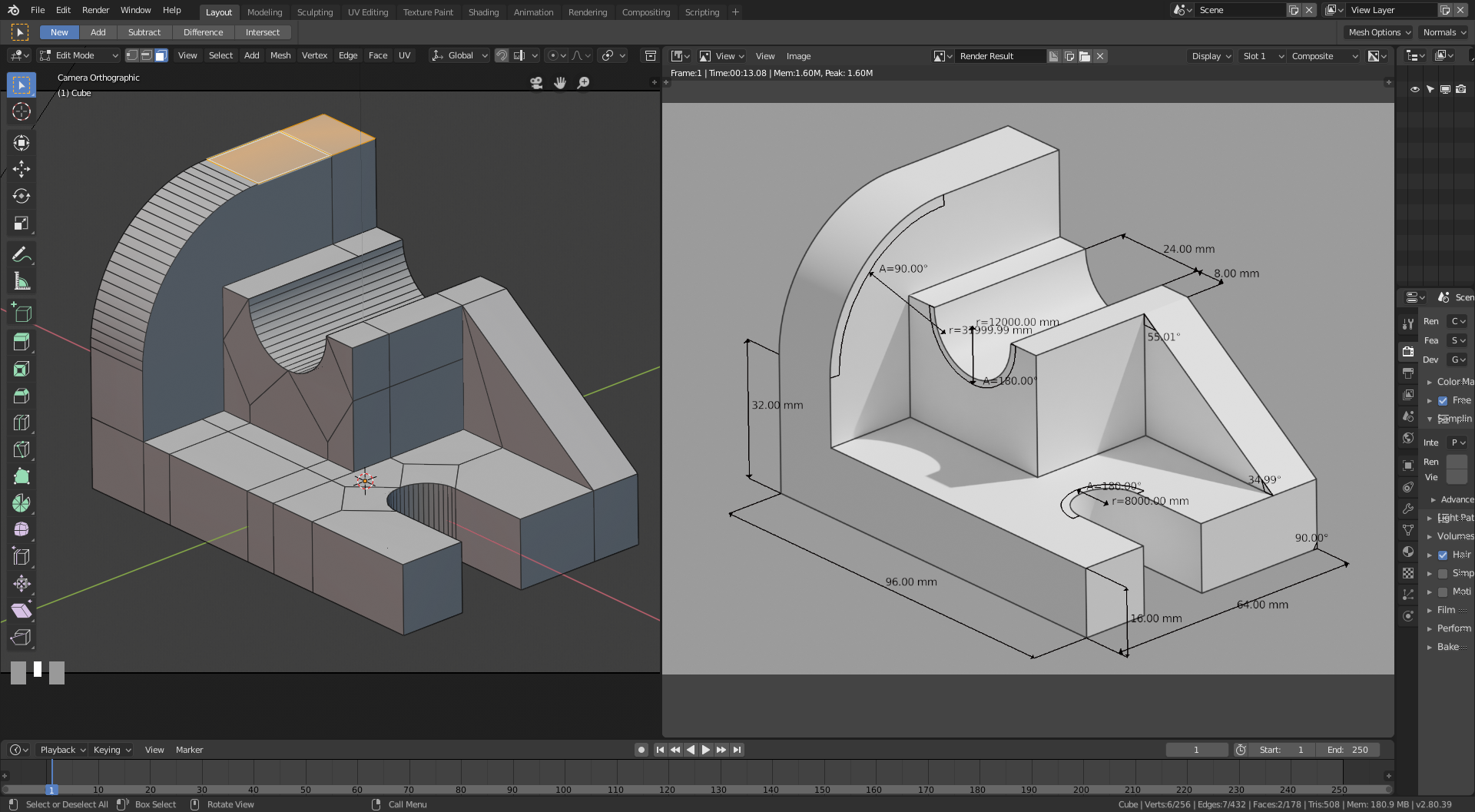

You have to “Extrude” the points to some “depth” or apply the “solidify” modifier in order to create an object with volume.įor instance, when creating a pencil holder, you might create a cube and delete the top “face”. Three vertices can create what loosk like a triangle in 3d space, however, it is still a 2d object which has zero thickness, thus zero volume, and is therefore considered “non-manifold” is not printable. When creating models for 3d printing, it is important to understand that objects in the real world must have volume. But you will eventually have to Object > Convert to > Mesh from Curve/Meta/Surf/Text before exporting to your slicer. You can create and work with any type of object you want, curve, nurbes, text, etc. Only “Meshes” can be exported to an “.stl” file. Instead, you must “Select” vertices and manipulate the selected vertices through operations such as Grab, Scale, Rotate, etc. Therefore, you cannot just “resize” what you added as a circle to 20mm, or a cube to 20x30x10. Instead, blender just treats them as a bunch of vertices. in blender, you can adjust the initial parameters such as radius and number of vertices, howevever, once you move on to the next operation, those vertices lose their association with the “shape” that we humans recognize.

If you’re coming from another graphics program like inkscape, yo may be surprised to find out that blender objects do not retain their shape association. In the case of 3d printing, I find a “Clip Start” of 1mm, and a Clip “End” of 1000mm (1Meter) works well. It is helpful to set the viewing clip space to the scale we’re working with. When zooming in and out to inspect your model, it may disappear from your view.


 0 kommentar(er)
0 kommentar(er)
